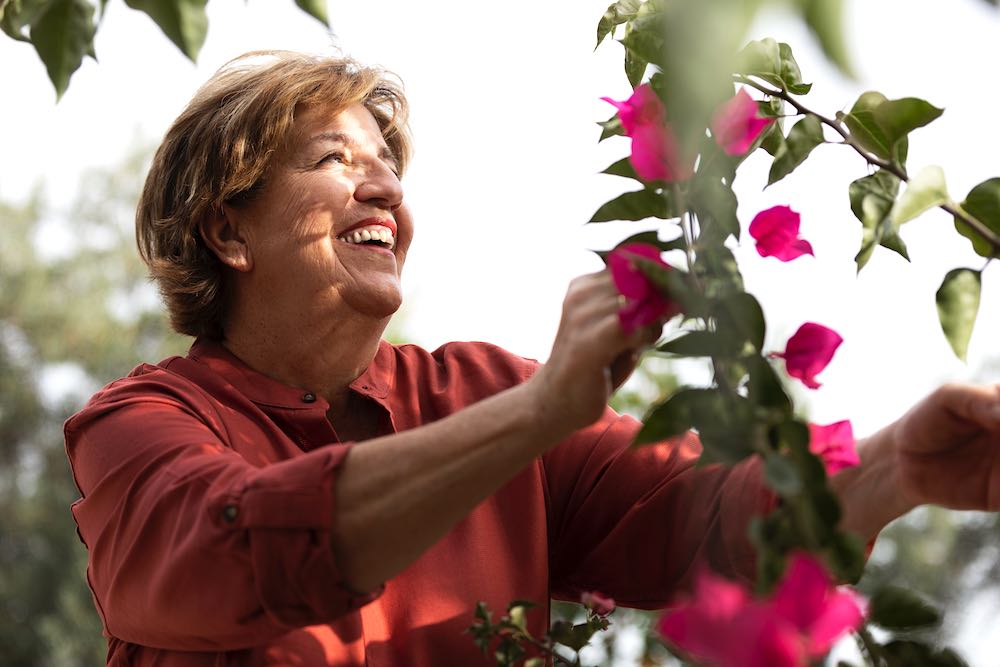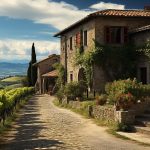
The first factor to consider when planning your garden in Spain is how much time you will spend there. You will need to avoid the heat and water restrictions of the Mediterranean, so hardy plants such as succulents and cordylines are ideal. These plants do not require regular watering and provide lush greenery. However, they do not produce flowers.
Plants for arid areas
In arid and semi-arid areas of Spain, the role of plant morphology on runoff volume and sediment yield was studied. Twenty-seven microplots each containing a single plant were constructed to determine the amount of water and sediment runoff produced under contrasting canopies. Rainfall intensity was automatically recorded over a two-year period.
The climate in Spain is ideal for growing a wide variety of herbs. Thyme, lavender, rosemary and mint all thrive in this climate. Lavender is a lesser known culinary herb, but can look great in the garden. Basil, on the other hand, is not suited to the Spanish climate. Herb plants with strong fragrances are also good options as they deter insects.
Spain is a diverse country with climates and soil conditions varying from Mediterranean to continental maritime. Hence, plant and animal life in Spain varies widely from one region to the next. The Mediterranean climate dominates the country’s southern regions, while the Atlantic coast and mountainous interior dominate its north.
Succulents
When planning to plant a garden in Spain, you may want to consider adding succulents. Succulents are a wonderful choice because they are low-maintenance and don’t require much care. Plus, they are practically impossible to kill. As a result, you can leave them outside in the garden for long periods of time without having to worry about them dying.
To keep your succulents looking their best, keep the plants well-hydrated. You can buy plant food that is low in calories and contains plenty of water. Make sure that you aren’t overwatering them, but don’t under-water them either. Your succulents will give you plenty of warning when they are thirsty.
The type of soil in which you plant succulents is also important. You’ll want to use a well-draining soil to prevent pooling of water. If the succulents you plant don’t have drainage holes, make sure that there’s a layer of gravel or rocks in the bottom of the container.
You can choose from a variety of succulents, depending on your garden’s style. For example, you can choose a small succulent called a Spanish stonecrop, which grows only a few inches tall. These plants can grow in little soil and even in rocky terrain. However, don’t plant these plants in Spain as they are poisonous.
The best time to water your succulents is in the evening or early morning, to avoid noontime sun. This prevents your plants from succumbing to black rot.
Fruit trees
Spanish fruit trees can be grown for several reasons. For starters, the climate in Spain is ideal for growing citrus fruits such as lemons and oranges. These fruits are widely available and have a long shelf life. They are also excellent for making daily juices. You can also make marmalade from surplus oranges.
Climate change will affect the chilling accumulation of fruit trees in Spain’s peninsula and the Balearic Islands. As a result, these trees may be unable to grow properly if they do not receive the right chilling accumulation. The chilling accumulation requirement depends on the type of tree. This is important because different species of fruit trees require different amounts of chilling accumulation.
Choosing the right tree for Spain is a personal choice and can depend on your preferences and location. If you live in a warm part of Spain, consider planting magnolia trees. These trees can grow up to 30 metres in height and require a lot of care. But if you’re looking for a tree that’s more rustic, you can choose an apple tree.
Before planting, you should amend the soil with compost or well-rotted manure. This can be obtained from a local stable or herd. Once the tree is planted, you can stake it to prevent it from tipping over in strong winds. You can also prune the tree to promote new growth. You should also remember to keep the soil slopping away from the trunk to prevent root rot.
Water features
Water features are an important part of traditional Spanish gardens. These include fountains, pools, and irrigation tunnels. The Moorish Sultans used water to irrigate their plants and to showcase their wealth. Typically, they feature a small pond or fountain, but you’re unlikely to see one in a more formal design. While water features can help you relax, they can also lower blood pressure and create an enchanting effect.
When planning a water feature, consider the style of your house and existing landscaping. For example, a Japanese-inspired garden will be more suited to a pond with geometric shapes, while an Asian-inspired garden may be better served by a tiered concrete fountain. A water feature can also be used to add character to an empty yard.
Sculpture gardens
If you’re looking for the perfect setting to create a sculpture garden, consider this site in Spain. Located in the province of Granada, this sculpture garden was designed by artist Kitty Dunbar. After moving to the area in 2003, she began sculpting the gardens of her house. Since then, she’s continued to develop the garden through a variety of activities. In addition to creating the sculptures, Dunbar has also been an active writer, and she’s invited other artists to stay and create their own art.
Sculpture gardens in Spain have a unique style and are the result of obsessive artists who combine art and nature. Their unconventional shapes and designs challenge the traditional garden. For example, a 16th century creation called the Park of the Monsters can be found near Rome. Originally designed by the architect Pirro Ligorio, the park was commissioned by a wealthy condottiero. Gaudi lived in the house until 1926, after which the city purchased the land and turned it into a public park.
Sculpture gardens are often open to the public, but many of these sites are private. Some are attached to private residences, while others are in commercial areas. Many sculpture gardens are located adjacent to museums, and house sculptures from their collections. Some sculpture gardens offer free admission, while others require a small entrance fee.
The NMAC Foundation, located in Vejer de la Frontera, Cadiz, presents contemporary art on a 30-hectare landscape. The NMAC Foundation supports contemporary artists by commissioning them to make works of art that work with nature. Over forty landscape-related projects have been commissioned for the NMAC sculpture park, including works from artists who’ve never exhibited in Spain before.








